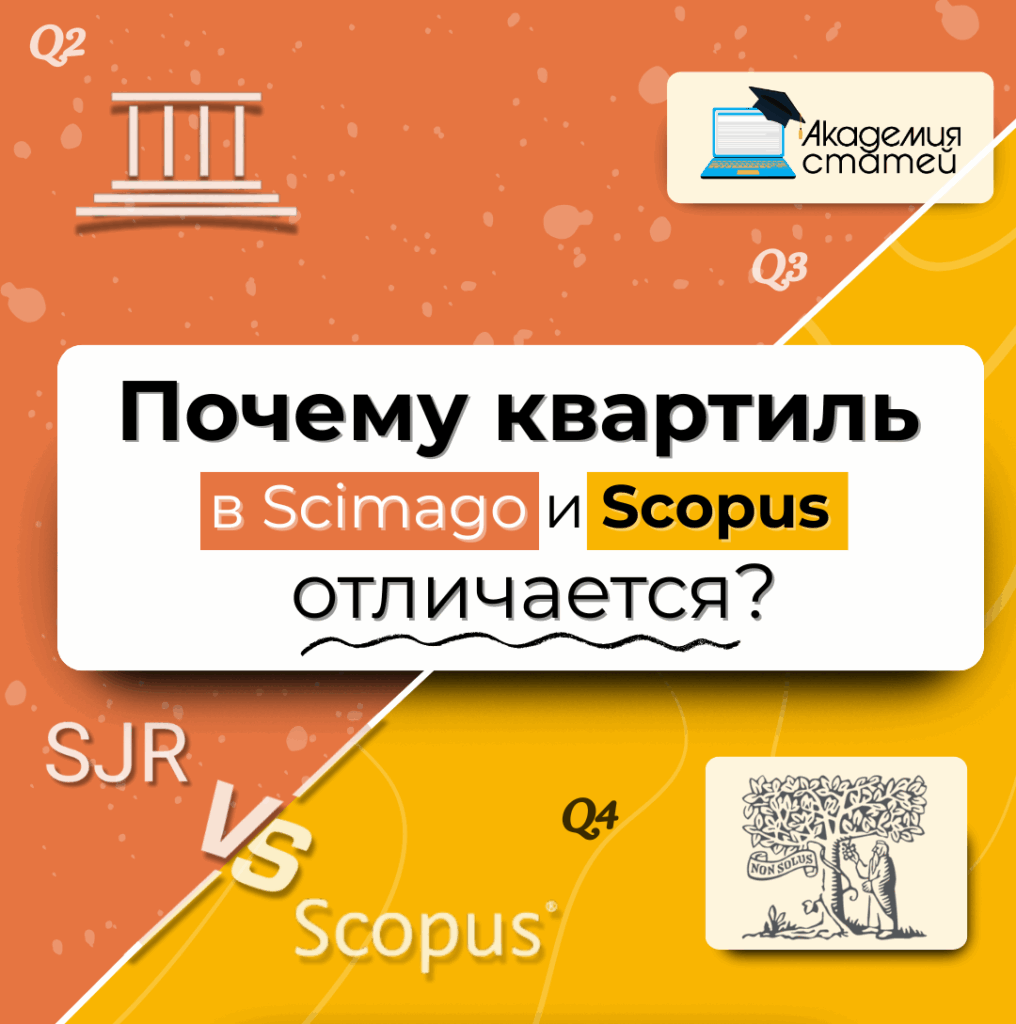Scientific articles. Scopus, BAK, WoS articles: rules for publishing scientific articles.

A scientific article from any leading database, journal, and author must have a clear, comprehensive structure, which most often forms the basic framework of a high-quality and understandable scientific work. This includes: title, abstract, keywords, introduction, literature review, methodology and results, discussion, conclusions, and a reference list of references used in the information search.
The "discussion" section plays a vital role in any scientific publication. It allows the author to fully explore the information presented and explain the main idea of the work in a more accessible and accessible manner.
Is it possible to publish scientific articles without a discussion point?
While this is certainly possible, such a structured written work will entail certain limitations in the dissemination and accessibility of the text. For example, to publish an article in Scopus or Web of Science, your project must adhere properly to the generally accepted sequential format of written sections, which will, in one way or another, allocate space for discussion of the chosen article topic. Proper organization of the text will ensure that your time is well spent.
What points should a discussion paragraph include in articles?
• drawing conclusions from the results of the research, what the author agrees with and what he has doubts against;
• a full explanation of personal position with a clear example and personal evidence in favor of a particular theory;
• a comprehensive description of one’s views and positions, methods and techniques, if this scientific article includes the author’s disagreement with certain experimental results;
• provide a list of difficulties and factors that could interfere with the intended course of research or the general scientific discipline;
• indicate further prospects for the development of the experience gained, based on scientific topics and practice; analysis of possible methodology and results of research with real similar cases.
Publishing in scientific journals allows for the inclusion of such diverse discussion options:
compiling a list of the main results of the study, regardless of whether the chosen hypothesis is confirmed or questioned, as well as the correlation of these results with the realities of other researchers;
• grouping of the obtained experimental results;
• analysis and construction of parallels between one’s own and other people’s data;
• providing all possible interpretations of what is common and different in comparison with the results of other projects;
• mention of the first sections of the scientific work: goals and hypothesis;
• search for analogies between the results obtained and the hypothesis stated;
• provide real benefits of the research conducted and ways to apply its results in practice.
Publishing a research paper quickly: what should you avoid in discussion sections to save time?
• reformulation or a simple copy of the research results;
• the outcome is in the form of conclusions that are not supported by anything;
• synonymous retelling of early scientific works;
• re-evaluation of results and their significance;
• criticism regarding other researchers.
Successful publication of a scientific article also depends on maintaining a clear working structure, which will help avoid unimportant and insignificant topics, questions, and references.
Conclusion: The discussion section is a key part of communication between the author and the reader. Discussion enables understanding and fully gleaning the desired information from the research, and the scientific publication itself becomes even more valuable.





